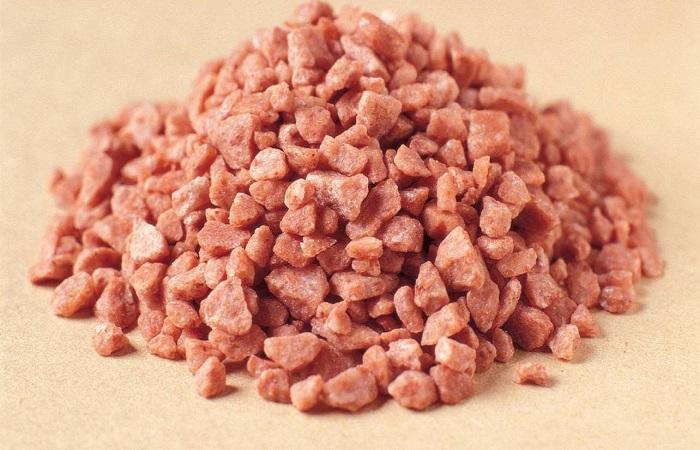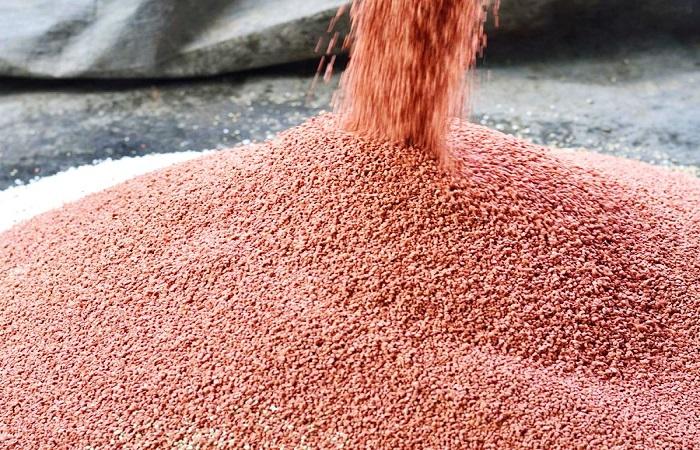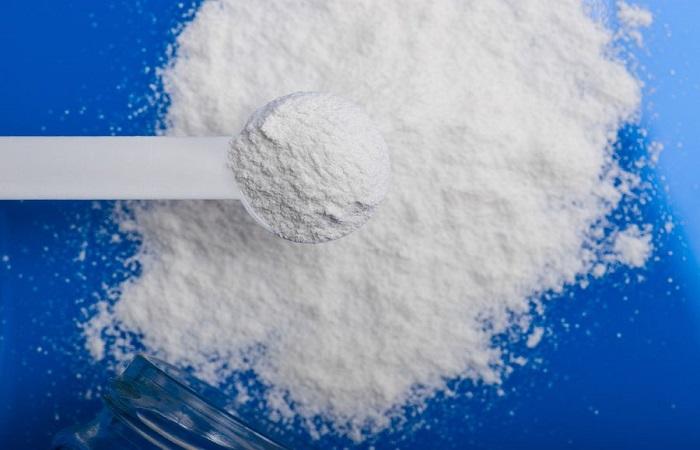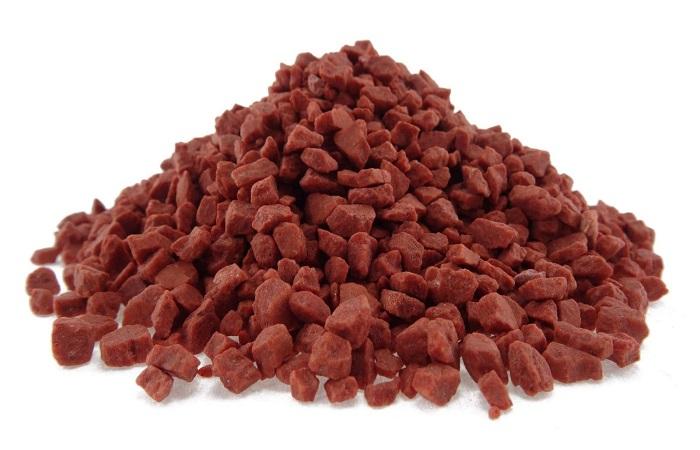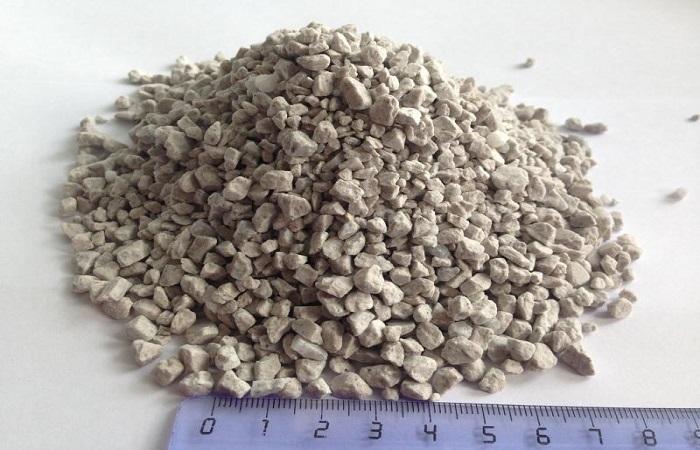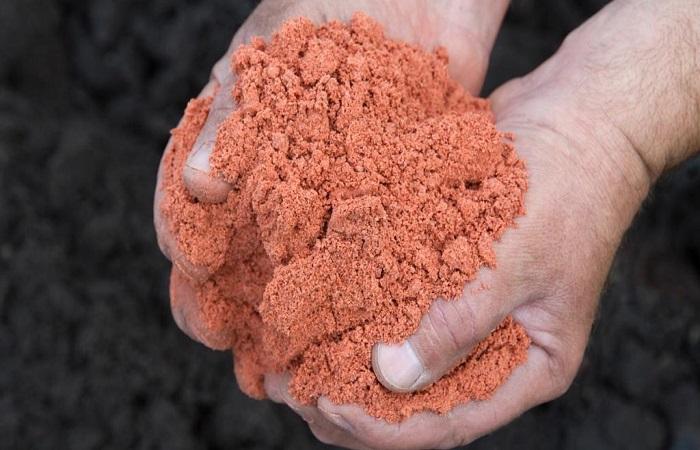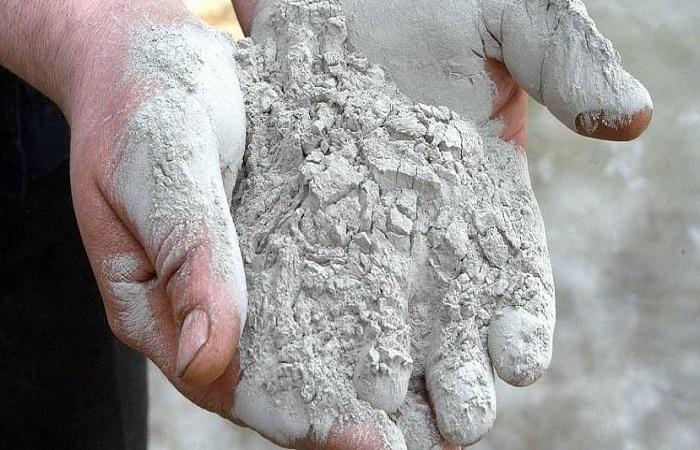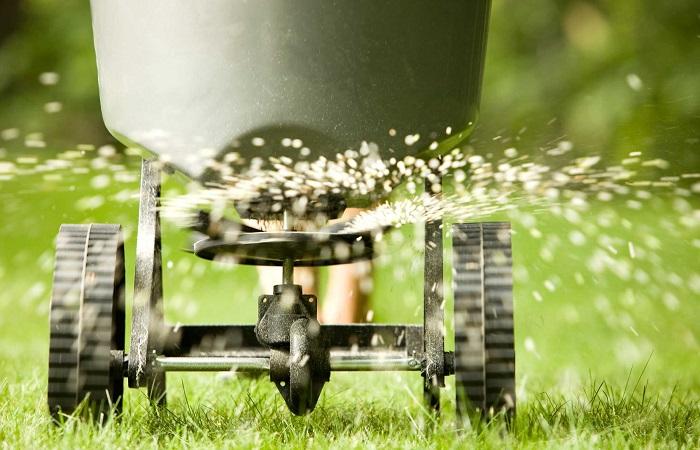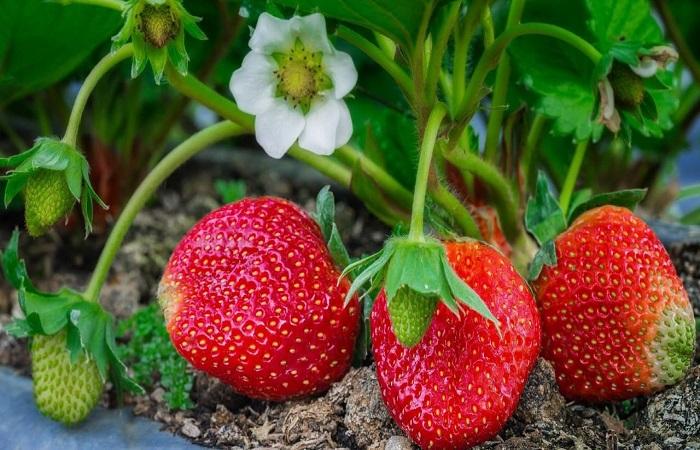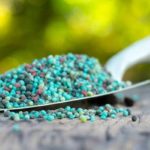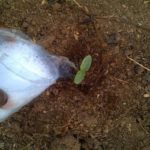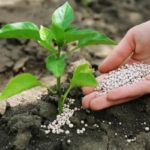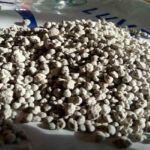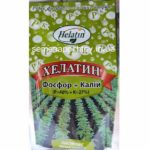Fertilizers with potassium are considered important means that are responsible for the normal development of cultivated plants. The content of this element in the soil directly affects productivity parameters. Thanks to the use of a sufficient amount of fertilizing, it is possible to activate the process of photosynthesis, strengthen the immune system, accelerate the ripening process and the taste of fruits.
- Signs of potassium deficiency and excess in plants
- Types of potash fertilizers
- Potassium chloride
- Potassium sulfate (potassium sulfate)
- Calimagnesia (potassium and magnesium sulfate)
- Kalimag
- Potassium (potassium) salt
- Cement dust
- How do you get it?
- Terms and rates of application
- How to use?
- Safety precautions for use
Signs of potassium deficiency and excess in plants
Potassium is of great importance for the development of garden crops. This element is contained in many fertilizers. If plants are deficient in the substance, ammonia accumulates in their cells. This provokes susceptibility to fungal infections and causes the death of shoots. This is due to the cessation of the synthesis of protein elements and complex carbohydrates in cells.
At the same time, excess potassium also negatively affects the growth and development of crops. Therefore, it is important to be careful when using fertilizers based on this substance. Exceeding the dosage is strictly prohibited.
Types of potash fertilizers
All potassium supplements are divided into 2 categories:
- Chlorides - easily mixed with water. They can only be added to the soil in the fall. This will give the chlorine time to evaporate from the soil over the winter.
- Sulfuric acids also mix easily with water. Moreover, such products can be used not only in autumn, but also in spring or summer. However, it is recommended to use small dosages.
Potassium chloride
Top dressing includes 45-65% potassium. It also contains 40% chlorine, which increases the acidity of the soil. Chlorine retards the development of crops and causes deterioration in the quality of the crop. Therefore, potassium chloride needs to be applied exclusively in the autumn. By the time the plants begin to grow, the hazardous component has time to erode from the soil structure. Potassium chloride is white. At the same time, the fertilizer is characterized by a grayish or pink color.
Potassium sulfate (potassium sulfate)
This fertilizer contains 50% potassium and approximately 20% sulfur. The second component benefits members of the legume and cruciferous families. At the same time, there is no chlorine in the fertilizer.
This potassium preparation can be used to improve the development of cucumbers, tomatoes, and strawberries.It is also used to feed vineyards and ornamental plants. The composition is perfect for crops susceptible to chlorine.
Potassium sulfate is recommended to be used in spring as the main fertilizer. It can be used when growing crops in open ground and in greenhouse conditions.
Calimagnesia (potassium and magnesium sulfate)
This drug includes 30% potassium and 9-17% magnesium. This potassium composition is suitable for application to soil with low magnesium content. The fertilizer is characterized by a pink-gray color and a very fine particle fraction.
Calimagnesia does not absorb moisture, so it can be easily stored and transported. The composition is easily absorbed by the root system. It is usually used as the main feeding in the spring.
Kalimag
This tool matches composition with potassium magnesium. However, it additionally contains calcium sulfate and sodium chloride. In this case, the product includes 15-20% potassium, 10% magnesium and 17% sulfur.
Potassium (potassium) salt
This drug is a mixture of potassium chloride and sylvinite. In this case, the volume of potassium in the substance is 40%. However, the fertilizer contains a lot of chlorine, which can cause great harm to tomatoes, potatoes and berry crops. Potassium salt is considered the most effective for beets. The composition is applied to the soil only in the fall, during the preparation of the site for winter.
Cement dust
This product is considered a waste product obtained during the production of cement. It contains sulfates, carbonates, and bicarbonates. The product contains a small amount of potassium silicates.
Cement dust contains 10-35% potassium. Moreover, it does not contain chlorine. This fertilizer has an alkalizing effect.It is most often used for crops that do not tolerate chlorine well.
The fertilizer has a fine structure and can cause irritation of human mucous membranes. Therefore, now it is rarely used in agriculture.
How do you get it?
The manufacturing technology of potash fertilizers depends on the composition and purpose of the preparations:
- Potassium chloride is obtained by flotation. For this purpose, mineral formations are used. In this case, the sylvinite is ground, after which it is treated with a mother solution. During the production process, the liquor is separated from the sediment. As a result, it is possible to obtain potassium chloride in crystalline form.
- Potassium sulfate is obtained by mixing schenite and langbenite.
- To obtain potassium magnesium, you need to process chenite. The substance comes to the market in the form of granules or gray-brown powder.
- Potassium salt is a mixture of potassium chloride and sylvinite. Sometimes the second component is changed to kainite.
Terms and rates of application
In order for potassium preparations to give the required result, it is important to strictly follow the dosage. There are several options for administering drugs:
- The main thing is that the beds need to be fed in the fall. This is done before digging up the soil.
- Pre-sowing - the composition must be applied to the holes before planting. At the same time, it is combined with sulfates or other beneficial salts.
- Additional - potassium supplements are applied before the flowering of ornamental plants or the ripening of fruit crops. This is done when nutrient deficiencies are detected.
Application rates are selected taking into account the variety of mineral components, soil composition and crop needs. For 1 square meter it is worth using the following amount of drugs:
- 20-40 grams of potassium chloride;
- 20 grams of potassium nitrate;
- 10-15 grams of potassium sulfate.
How to use?
For the use of potash to be effective, you need to take into account the type of crops grown:
- Cucumbers. To produce 100 kilograms of fruit, 440 grams of potassium are required. It is recommended to use double salt, which contains a minimum of chlorine.
- Potato. This culture perfectly assimilates Kalimag. You should add 1 small spoon of the product into each hole.
- Tomatoes. To produce 100 kilograms of tomatoes, 500 grams of potash are required. Since this crop needs phosphorus, it is better to use complex substances. The use of potassium magnesia increases productivity by 40%.
- Strawberry. This crop does not tolerate exposure to chlorine. Therefore, fertilizers containing this component must be applied in the fall with lime. Potassium makes fruits sweeter and increases their shelf life.
Safety precautions for use
When using potash fertilizers, you should wear personal protective equipment - a respirator, goggles, gloves. This helps to avoid contact of hazardous components with the skin and mucous membranes. After applying fertilizer, you should wash your hands with soap.
Potassium is of great importance for the normal development of cultivated plants. Today there are many fertilizers with this component, which allows you to choose the best option based on your needs.

